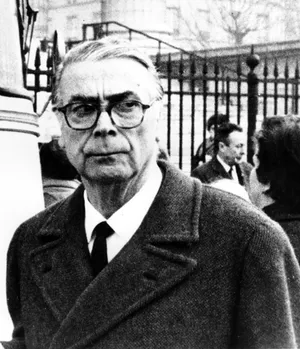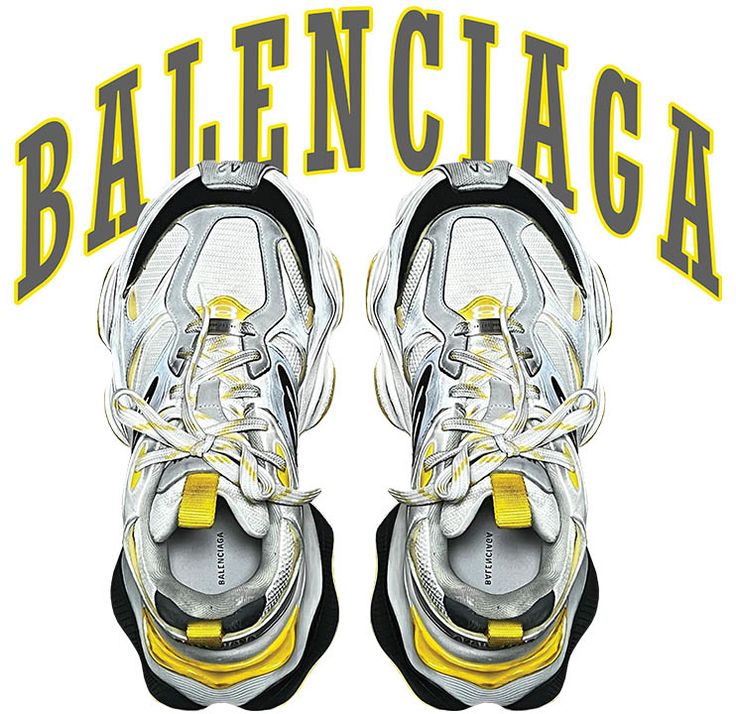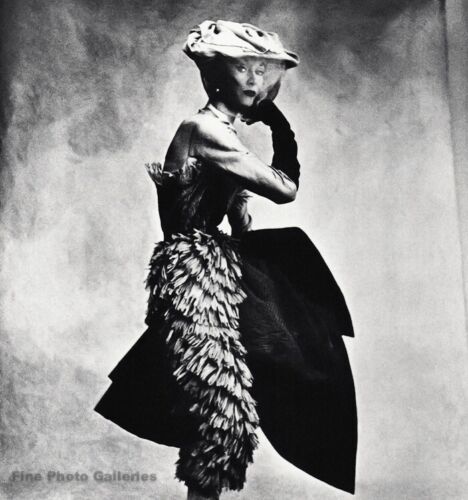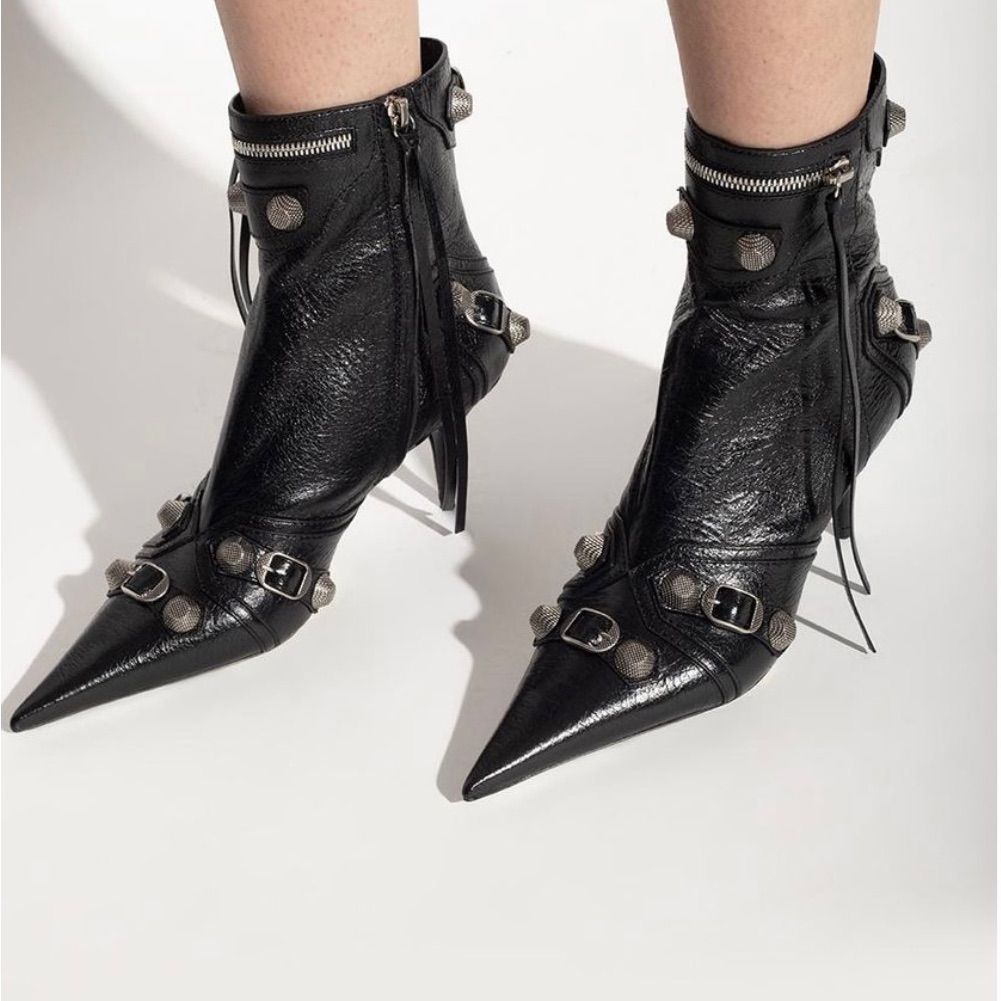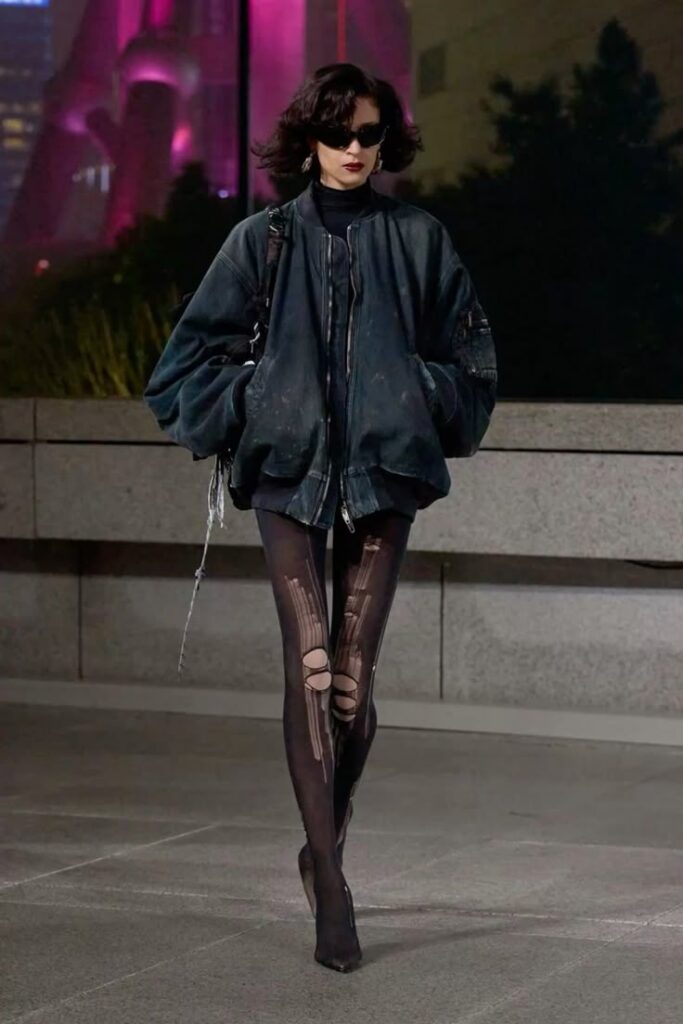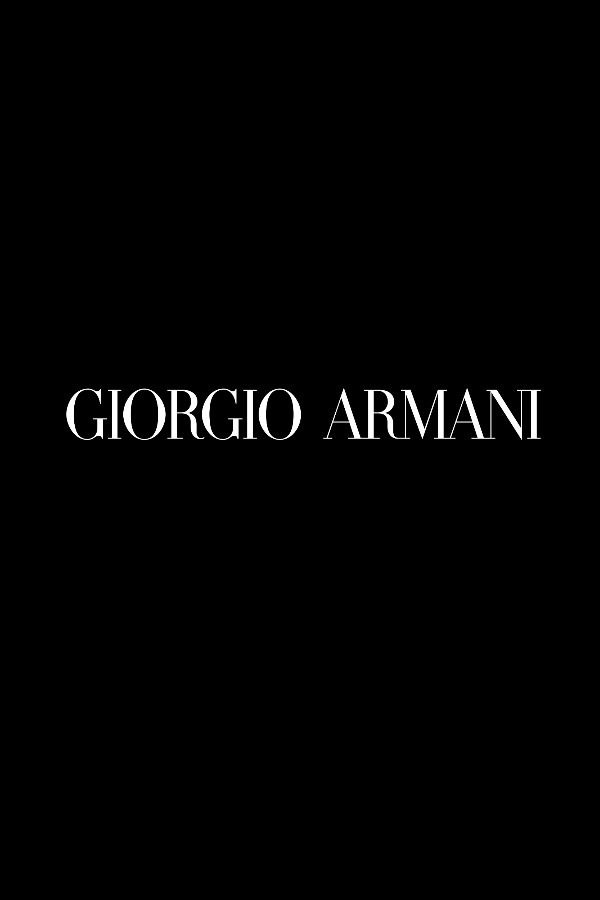 Vogue World: Hollywood 2025 — When Fashion Becomes Cinema
Vogue World: Hollywood 2025 — When Fashion Becomes CinemaBy Ayda Tavangar
Date: October 26, 2025Location: Paramount Studios, Los Angeles Under the golden lights of Los Angeles, Vogue World: Hollywood 2025 turned Paramount Studios into a living film set — a celebration of fashion, cinema, and the timeless art of storytelling.This year’s edition wasn’t just a runway; it was a love letter to Hollywood’s golden age, where costume design defined character and emotion. The Opening: Nicole Kidman Sets the Stage The show opened with Nicole Kidman, embodying the very essence of old Hollywood glamour. Her performance blurred the line between fashion and film — a cinematic prelude reminiscent of classic movie scenes.Directed in collaboration with Baz Luhrmann, the opening sequence paid homage to the visual grandeur of Moulin Rouge! and The Great Gatsby, evoking nostalgia and elegance in equal measure. The Runway: Kendall Jenner Leads the Cast Kendall Jenner was the first model to step onto the runway, wearing a look that reinterpreted iconic stage costumes through a modern cinematic lens. Her entrance set the tone for a sequence of powerful performances that merged couture with storytelling.She was followed by a star lineup of models and muses, including Cara Delevingne, Lila Moss, Elizabeth Debicki, Damsen Idris, and others — each representing a cinematic archetype, from the silver-screen siren to the rebellious dreamer. Music & Performances Music played a vital role in transforming the show into a full-scale spectacle. Each segment was scored like a film scene — with live performances and orchestral interludes echoing Hollywood’s most iconic soundtracks.The transitions between eras — from noir-inspired mystery to golden-era romance — turned the runway into a journey through film history. The Guests Among the distinguished guests were some of Hollywood’s most celebrated actors, directors, and creatives. Their presence reflected the show’s deeper message: cinema and fashion are two languages that tell the same story — emotion through vision.Front-row appearances included award-winning filmmakers, designers, and style icons who bridged both industries. The Philosophy Behind the Show Unlike previous years that focused on the future of fashion, Vogue World 2025 looked back — honoring the artistry of costume designers and craftspeople who shape the visual soul of cinema.Part of the event’s proceeds supported costume and film-industry relief funds, especially for designers affected by the recent Los Angeles wildfires.It was a poignant reminder that behind every costume lies a story, a memory, and a maker. Highlights at a Glance Nicole Kidman opened the show with a cinematic performance inspired by Hollywood’s golden age. Kendall Jenner led the runway in a reimagined couture look referencing Moulin Rouge!. Themed vignettes paid tribute to classic genres — from film noir to musical glamour. The event’s charitable angle supported Hollywood’s costume and design community. […]
 Bottega Veneta SS2026 | A New Chapter of Italian Simplicity and L’Oréal Collaboration
Bottega Veneta SS2026 | A New Chapter of Italian Simplicity and L’Oréal CollaborationBy Ayda Tavangar
Bottega Veneta, the house woven from leather and artistry, once again translated elegance into the language of serenity in its Spring/Summer 2026 collection.Presented on September 27, 2025, during Milan Fashion Week, the show reignited attention toward the brand’s Quiet Luxury philosophy — a vision that has long made Bottega a symbol of understated opulence. Spring/Summer 2026 Collection by Bottega Veneta This season marked the first collection by Louise Trotter as the new creative director of Bottega Veneta — a designer known for her precision and poetic eye.Trotter managed to reinterpret the brand’s essence in a modern and minimalist form, balancing structure with effortlessness. Soft, textured leathers, geometric cuts, and fluid silhouettes define the collection — where every piece whispers sophistication rather than shouting it.The iconic Intrecciato weaving once again takes center stage; lighter, more fluid, and perfectly attuned to the rhythm of contemporary luxury.It’s as if Bottega Veneta reminds us once more: “True luxury doesn’t need to speak loudly — it breathes in silence.” Bottega Veneta Beauty Joins L’Oréal Group Beyond the runway, a major business move also captured headlines.Parent company Kering announced the sale of its beauty division — including Bottega Veneta Beauty — to L’Oréal Group, in a deal valued at around €4 billion.This partnership signals a strategic new chapter for Bottega’s expansion in the world of beauty and fragrance. While Kering aims to focus on its core fashion houses, Bottega Veneta’s collaboration with L’Oréal will leverage the French giant’s unmatched expertise in global beauty innovation.The fusion of Italian craftsmanship and French scientific artistry could redefine what elegance means in modern luxury beauty. With its SS2026 collection, Bottega Veneta once again proved that silence can be powerful — an expression of mastery, form, and timeless grace. At the same time, the partnership with L’Oréal marks the beginning of a new era — one where Bottega Veneta continues to evolve between tradition and innovation, crafting a sophisticated balance of artistry and intelligence. […]
 YSL Spring/Summer 2026 Collection | A Parisian Night Garden by Anthony Vaccarello
YSL Spring/Summer 2026 Collection | A Parisian Night Garden by Anthony VaccarelloBy Ayda Tavangar
Under the sparkling lights of the Eiffel Tower, Yves Saint Laurent unveiled its Spring/Summer 2026 collection on September 29, 2025, in Paris — a show that perfectly blended power, sensuality, and poetry. The creative mind behind it all, Anthony Vaccarello, once again proved his ability to honor the legacy of YSL while pushing the house toward a modern, fearless femininity. The Designer: Anthony Vaccarello (Source: Vogue)Born in Brussels in 1982 to Italian parents, Anthony Vaccarello began his studies in law before turning to fashion design at La Cambre, one of Belgium’s most prestigious art schools.In 2016, he became Creative Director at Yves Saint Laurent, bringing with him a distinctive aesthetic: sharp tailoring, confident silhouettes, and the empowerment of women through form.His vision for YSL 2026 revisits the house’s signature codes — structured shoulders, sleek leather, and monochrome palettes — yet reimagines them in a cinematic, dreamlike Parisian setting.(Source: Business of Fashion) Famous Models and Notable Figures Several well-known and influential figures attended the show, perfectly reinforcing the atmosphere and identity of the brand and its new collection: Bella Hadid: Made a remarkable return to the runway for the house. Hailey Bieber: Appeared among the front-row guests. Zoë Kravitz: A signature YSL muse whose presence emphasized the feminine and modern tone of the collection. This can be included in the article as: “Notable figures such as Bella Hadid, Hailey Bieber, and Zoë Kravitz were seen at the YSL 2026 Collection show, reflecting the brand’s modern and empowered spirit.” The Setting & Stage Design (Source: Numéro Magazine)The YSL 2026 show took place in an open-air garden stage right beneath the Eiffel Tower, transforming the heart of Paris into a “Night Garden” of strength and elegance. The runway was surrounded by white hydrangeas, arranged in shapes echoing the YSL monogram, softly illuminated by golden lights.This floral artistry symbolized both purity and power — a duality that defines Vaccarello’s approach to femininity. The backdrop of the Eiffel Tower, shimmering in the distance, turned the entire show into a cinematic experience of luxury, mystery, and modern romance. The Collection (Source: WWD)The Spring/Summer 2026 lineup explored contrast — toughness and fragility, night and light.Vaccarello presented three distinctive phases: Leather and Power: Structured jackets, broad shoulders, and sleek black leather dresses. Transparency and Ease: Lightweight nylon and chiffon in muted tones of grey and ivory. Evening Grandeur: Sculptural gowns and flowing silhouettes under the moonlight. Colors remained dominantly neutral — black, ivory, beige, and metallic hues — while textures shifted between matte leather and reflective fabrics, mirroring the play of Parisian night lights. Floral Design (Source: Vogue Runway)Florals were not mere decoration — they were part of the story.White hydrangeas dominated the scene, chosen for their soft volume and symbolic purity.The arrangement formed a subtle tribute to Yves Saint Laurent’s signature motifs and the timeless elegance of the brand’s roots in nature and femininity. Music & Atmosphere (Source: YouTube Official YSL)The show’s soundtrack, produced by SebastiAn, added depth to the experience — a dark, rhythmic, electronic pulse that elevated the runway’s hypnotic energy.The music seamlessly merged with the visuals, making each model’s stride feel choreographed to the sound of Paris at night. […]
 Victoria’s Secret 2025 Collection: A Modern Fusion of Boldness, Music & Diversity
Victoria’s Secret 2025 Collection: A Modern Fusion of Boldness, Music & DiversityBy Ayda Tavangar
The Victoria’s Secret 2025 Collection is a celebration of confidence, sensuality, and modern femininity. Following the brand’s major comeback with the 2024 Fashion Show, this year’s collection redefines its legacy—balancing bold sensuality with inclusivity, freedom, and comfort. Thematic Chapters Victoria’s Secret divided this collection into several “chapters,” each representing a different mood and aesthetic: First Light: Honey-gold and warm tones with glowing, delicate designs inspired by radiant mornings. Bombshell: The brand’s signature look—pink, white, and black stripes evoking its timeless sexy-yet-playful DNA. Hot Pursuit: A bolder story with deep reds, metallic accents, ribbons, and fierce detailing. Magic Hour: Soft pastels like blush pink, mint, and gold—capturing the gentle, angelic side of the brand. Black Tie: Nightwear-inspired lingerie pieces that blend outerwear and innerwear, featuring black-and-white lace, shimmer, and elegance. Each chapter highlights Victoria’s Secret’s renewed focus on wearable glamour—luxury that feels personal and empowering. Diversity & Star Models The 2025 runway brought together both iconic Angels and fresh new faces. Supermodels Gigi Hadid and Bella Hadid returned to the catwalk, alongside newcomers like Angel Reese, the professional basketball star making her VS runway debut. This combination reflects the brand’s message of broader inclusivity and individuality—though not without criticism from some media outlets. Shop the Runway For the first time, every look from the show is instantly shoppable via the official website under the “Looks from the Runway” section. This concept transforms the traditional fashion show into an interactive, real-time retail experience. Brand Message & Vision With this collection, Victoria’s Secret cements its new era—“unapologetically sexy”—embracing modern womanhood while celebrating body diversity, confidence, and authenticity. Whether you’ve been loyal to the brand for years or are discovering it anew, this collection represents a balance between heritage and innovation. Live Performances Music played a leading role in the 2025 show. The brand continued its “women-only lineup” strategy, bringing together a powerhouse roster of female performers, turning the runway into a full-scale music-fashion spectacle. Performers included: Missy Elliott – the legendary hip-hop icon delivering an electrifying live set. Karol G – Latin pop queen adding vibrant global energy to the stage. Madison Beer – the pop artist bridging youthful charm and modern style. TWICE – the world-famous K-pop group, underscoring the show’s international reach and appeal. Their performances transformed the runway into an immersive celebration of fashion, music, and empowerment—reminding audiences that Victoria’s Secret is not just about lingerie, but about creating an experience. Why It Matters The 2025 Victoria’s Secret Fashion Show signifies a confident evolution—where fashion meets inclusivity, music, and storytelling. It’s a re-introduction of the Angels for a new era, redefined for the women of today. […]
 Dior Spring/Summer 2026 — Jonathan Anderson’s Vision for a New Era
Dior Spring/Summer 2026 — Jonathan Anderson’s Vision for a New EraBy Ayda Tavangar
Introduction The Dior Spring/Summer 2026 collection marked a new chapter for the house under Jonathan Anderson, its newly appointed Creative Director. Presented during Paris Fashion Week, the show became one of the most talked-about events of the season — blending heritage, modernity, and conceptual storytelling in equal measure.(Vogue, WWD) Show Details Date and Location Date: October 1, 2025 Location: Paris Fashion Week, France The women’s collection was presented in a space designed by Luca Guadagnino and Stefano Baisi, featuring a conceptual video installation by Adam Curtis.The set explored the idea of memory, heritage, and transformation — as if the audience was stepping inside Dior’s iconic “shoe box,” a metaphor for the brand’s archives and timeless creativity.(Dior.com) The men’s Spring/Summer 2026 show took place earlier in June, expanding on Anderson’s vision by merging Dior’s tailoring heritage with a more contemporary, street-inspired aesthetic.(Vogue Men’s) Concept and Inspiration The central question posed throughout the collection was: “Do you dare to enter the House of Dior?” This reflective theme examined the tension between tradition and innovation, and the balance between archive and reinvention.Anderson’s designs layered references from Dior’s post-war silhouettes with modern forms — reworking the Bar jacket, corseted shapes, and romantic lace elements into a narrative that felt both nostalgic and futuristic. The visual environment, enhanced by Adam Curtis’s conceptual film, evoked a surreal journey through Dior’s collective memory — a play between time, emotion, and art.(Vogue) Celebrity Guests and Media Presence The front row attracted a dazzling lineup of global celebrities: Jennifer Lawrence Charlize Theron Rosalía Greta Lee Anya Taylor-Joy Jenna Ortega Jisoo (BLACKPINK) Mikey Madison, Dior’s new brand ambassador Their presence reinforced Dior’s cultural power and its ability to merge Hollywood glamour with haute couture artistry.(The Zoe Report) Key Highlights Heritage Reimagined – Anderson balanced archival Dior silhouettes with bold new structures, achieving harmony between history and experimentation. Everyday Elegance – The mix of formal and casual looks reflected the modern lifestyle — elegance made effortless. Immersive Staging – The collaboration with Adam Curtis and cinematic scenography by Guadagnino transformed the runway into a living installation. Star Power and Visibility – Celebrity attendance and global media coverage amplified the show’s cultural impact. Criticism and Observations While the overall response was overwhelmingly positive, some critics noted the density of ideas — suggesting that Anderson may have introduced too many visual concepts for a debut collection.Others argued that the show’s conceptual framework might feel abstract to the wider audience, though its artistic depth was undeniable.(WWD) […]
 Huda Beauty Duo Games 2025 – A Unique Experience of Beauty, Competition, and Charity
Huda Beauty Duo Games 2025 – A Unique Experience of Beauty, Competition, and CharityBy Ayda Tavangar
In October 2025, Huda Beauty hosted the Duo Games event, offering attendees a unique and immersive experience combining product launch, two-person competitions, and social initiatives. The event created an engaging atmosphere while strengthening the connection between the brand and its fans. Keywords: Huda Beauty Duo Games 2025, Duo Loose Powder, beauty event, influencer event, charity initiative Event Highlights 1. Event Focus The Duo Games event centered around the launch of the Duo Loose Powder.“The DUO GAMES by @hudabeauty Celebrating the Duo Setting Powder …” Influencers, bloggers, and fans participated in exciting two-person challenges, blending fun and engagement. 2. Atmosphere and Experience Attendees described the event as “very fun” and “an unforgettable time” on Instagram. The Easy Bake Duo Games segment offered creative and interactive challenges. Charity initiatives were integrated, demonstrating Huda Beauty’s commitment to creating positive social impact. 3. Social Media Buzz The event generated significant social media engagement: Posts and reels with hashtags spread across Instagram and Threads. User-generated content highlighted the memorable experiences of attendees, enhancing the event’s reach and impact. Goals and Impact New Product LaunchThe unveiling of the Duo Loose Powder was a major highlight, drawing attention from fans and influencers. Enhancing Audience EngagementBy involving attendees in competitions and interactive experiences, Huda Beauty encouraged participation over passive observation. Boosting Digital VisibilityContent created by participants—photos, videos, and stories—helped the event go viral across social platforms. Social and Charitable ValueIncorporating “for a good cause” activities added ethical and meaningful dimensions to the event. […]
 Balenciaga Enters a New Era with the Spring/Summer 2026 ” The HeartBeat ” Collection
Balenciaga Enters a New Era with the Spring/Summer 2026 ” The HeartBeat ” CollectionBy Ayda Tavangar
The legendary fashion house Balenciaga unveiled its latest Spring/Summer 2026 Collection during Paris Fashion Week, marking the debut of Pierpaolo Piccioli as the brand’s new Creative Director. Titled “The Heartbeat”, the collection celebrates emotion, elegance, and the rebirth of Balenciaga’s timeless heritage. Piccioli’s first Balenciaga show bridges heritage and modernity, revisiting the house’s iconic 1950s silhouettes — including the famous sack dress — with sculptural shapes, clean lines, and poetic movement. His approach redefines Balenciaga’s legacy while bringing a softer, more human touch to the world of high fashion. One of the most striking features of the Balenciaga SS26 collection is the introduction of a new fabric called Neo Gazar — inspired by the original gazar fabric invented by Cristóbal Balenciaga himself. This innovative textile creates natural volume without internal structure, blending craftsmanship, art, and modern technology. The color palette radiates optimism: soft pink, light green, golden yellow, and classic black. The designs highlight freedom, luxury, and femininity, while reflecting the creative rebirth of one of the world’s most influential fashion houses. The show, held in the heart of Paris, attracted a star-studded audience including Meghan Markle, who appeared in a custom Balenciaga look — adding an extra touch of global glamour to the evening. With “The Heartbeat”, Balenciaga moves into a new creative chapter — shifting from the conceptual and minimalist tone of previous years toward a refined, emotional, and elegant reinterpretation of luxury fashion. […]
 Fall/Winter 2025 Fashion Trends
Fall/Winter 2025 Fashion TrendsBy Ayda Tavangar
The global fashion weeks — from New York to Paris — revealed a powerful blend of classic elegance, comfort, and bold individuality. Here are the key fashion trends shaping the Fall/Winter 2025 season. Nomadic Spirit Inspired by travel and nature, this trend embraces freedom, layering, and earthy tones. Designers introduced relaxed silhouettes, natural fabrics, and handcrafted details, reflecting a bohemian, adventurous energy.Style it: Oversized wool coats, multi-pocket vests, and large scarves layered effortlessly.Source: Vogue Modern Prep A polished yet contemporary interpretation of the preppy aesthetic. Think collared shirts, checkered blazers, and pleated skirts — updated with urban cuts and minimalist tailoring.Style it: Combine a classic shirt with a structured blazer and knee-length skirt for a timeless modern vibe.Source: Vogue UK Maximalism for Minimalists Minimalist silhouettes infused with maximalist energy. Simple lines are elevated with bold color accents, statement buttons, or unexpected inner linings — a subtle form of self-expression.Style it: Go for a clean-cut outfit featuring a pop of color or rich texture.Source: Vogue UK Lingerie Dressing The sensual meets the practical. Silk and satin nightwear-inspired pieces appear as everyday fashion — slip dresses paired with oversized coats or satin tops under structured blazers.Style it: Try a silk camisole beneath a leather jacket or a flowing satin skirt with boots.Source: Vogue Faux Fur & Fluffy Textures Softness and warmth take center stage this season. Faux fur, plush fabrics, and voluminous coats are the ultimate comfort statements while staying luxurious.Style it: Opt for a teddy-style coat, faux-fur jacket, or velvet accessories.Source: Vogue UK Animal Prints Animal patterns — from leopard to zebra — make a strong comeback. Whether in statement coats, boots, or handbags, they bring confidence and power to cold-weather looks.Style it: A leopard scarf or croc-textured bag instantly elevates a neutral outfit.Source: Marie Claire Bold Color Contrasts Unexpected color combinations dominate the runways — emerald green with brick red, mustard with violet, or metallic tones mixed with neutrals. It’s a fearless play of contrast and personality.Style it: Mix one strong hue with a muted tone to balance the look.Source: Cosmopolitan Long Coats & Oversized Silhouettes Classic tailoring is reimagined with oversized proportions and dramatic length. The long coat becomes the statement piece of the season — elegant yet commanding.Style it: Belt your long coat for definition, or leave it open for a more relaxed aesthetic.Source: Vogue UK House Codes Signature brand elements take the spotlight — distinctive stitching, bold buttons, or recognizable patterns that tell a story of identity and heritage.Style it: Choose pieces that highlight your favorite brand’s DNA — it’s luxury with meaning.Source: Who What Wear […]
 Demna’s Debut at Gucci with the «La Famiglia» Collection and the Film «The Tiger»
Demna’s Debut at Gucci with the «La Famiglia» Collection and the Film «The Tiger»By Ayda Tavangar
Background Demna Gvasalia (simply Demna) is a Georgian designer who previously served as creative director at Balenciaga. (en.wikipedia.org) Prior to Demna, Sabato De Sarno was Gucci’s creative director from early 2023 until February 6, 2025. (en.wikipedia.org) In March 2025, Gucci’s parent company Kering officially announced Demna as the next creative director of Gucci. (en.wikipedia.org) «La Famiglia» Collection Reveal On September 22, 2025 (before the official start of Milan Fashion Week), Gucci unveiled its new collection called La Famiglia. (voguebusiness.com) The reveal was unexpected and digital — portraits of archetypal characters were released, each representing a diverse facet of Gucci’s identity. (gq.com) The collection includes 37–38 looks. (voguebusiness.com) Each look represents a character, such as «La Diva», «La Principessa», «L’Influencer», «Miss Aperitivo», «Ragazzo», «Bastardo», «Nerd», etc. (harpersbazaar.com) Elements from Gucci’s archives are also referenced, including the Flora print, Bamboo bag, Horsebit shoes, and other classic details. (wallpaper.com) The Film «The Tiger» — A New Way of Presentation One of the most striking parts of this reveal was the release of a 30-minute short film called The Tiger instead of a traditional runway show. (apnews.com) The film was written and directed by Spike Jonze and Halina Reijn. (vanityfair.com) The lead actor is Demi Moore, portraying Barbara Gucci, a fictional heir in the Gucci universe. (apnews.com) Other cast members include Elliot Page, Edward Norton, and Keke Palmer. (vanityfair.com) The film premiered during Milan Fashion Week at locations such as Palazzo Mezzanotte. (apnews.com) Launch & See-Now, Buy-Now Policy A notable aspect of this project is the See-Now, Buy-Now policy: some looks are immediately available in limited stores. (apnews.com) These looks are available in Gucci stores from September 25 to October 12, 2025. (voguebusiness.com) This move reflects Gucci’s strategy to accelerate product availability rather than focus solely on runway presentation. (washingtonpost.com) Significance & Message Behind the Move This marks a new era for Gucci, with Demna aiming to redefine the brand’s visual identity and creative boundaries. (voguebusiness.com) By combining storytelling (film), character identities, and archival references, Gucci seeks to foster a deeper connection between fashion, culture, and consumer experience. (vanityfair.com) Moving from traditional runway to film and launching products immediately represents a shift in fashion strategy, blending art, experience, and commerce. (washingtonpost.com) This reinvention also helps Gucci recover from prior sales downturns and strengthen its position in the luxury market. (washingtonpost.com) […]
 Milan Fashion Week Spring/Summer 2026
Milan Fashion Week Spring/Summer 2026By Ayda Tavangar
Milan Fashion Week Spring/Summer 2026 (MFW SS26) took place from Tuesday, September 23 to Monday, September 29, 2025. This event was organized under the supervision of the Camera Nazionale della Moda Italiana (National Chamber of Italian Fashion) and is recognized as one of the most important fashion events worldwide. (Vogue) During this season, more than 55 physical shows and 4 digital presentations were held, showcasing Spring/Summer 2026 collections from renowned brands including Gucci, Versace, Prada, Dolce & Gabbana, Fendi, Max Mara, Roberto Cavalli, Ferragamo, and Bottega Veneta. This season also introduced new designers such as Demna at Gucci, Dario Vitale at Versace, Simone Bellotti at Jil Sander, and Louis Trottier at Bottega Veneta. (Getty Images – MFW SS26 Women’s Collection) Milan Fashion Week SS26 experienced one of its most exciting editions. The event featured new designers, the return of classic brands, and a strong presence of celebrities, making it one of the most important fashion events of the year. (Town & Country) Key Shows 1. Demna at Gucci – “The Tiger”Demna, the new creative director at Gucci, presented his debut collection titled “The Tiger”. The collection drew inspiration from the 1980s and 1990s, featuring high-waisted jeans, open-back tops, and vibrant primary colors. The show took place in a 17th-century palazzo, enhancing an intimate and nostalgic atmosphere. (AP News) 2. Prada – Reinterpreting Traditional Bavarian WearPrada, in collaboration with Raf Simons, redefined traditional Bavarian clothing with a modern twist. The collection included dirndls and lederhosen with modern cuts, alternative necklines, and cropped tops. This approach highlighted freedom of movement and a departure from restrictive clothing. (The Times) 3. Versace – Dario Vitale DebutDario Vitale, the new designer at Versace, showcased his first collection emphasizing the sensuality of the 1980s and 1990s. The collection featured revealing outfits, bold colors, and daring designs accompanied by 80s-inspired music. The venue was a 17th-century palazzo, reinforcing a sense of intimacy and nostalgia. (AP News) 4. Jil Sander – Modern MinimalismSimone Bellotti, the new designer at Jil Sander, drew attention with a minimalist and modern collection. Emphasizing simplicity and clean lines, the collection effectively captured the brand’s identity. (Harper’s Bazaar Australia) Emerging Designers Three emerging designers also debuted in Milan: Francesco Murano – An Italian designer from Campania, inspired by ancient eras and known for draping techniques. (Le Monde) Druv Kapoor – Indian-Italian designer blending Indian traditions with Italian design techniques. (Le Monde) Matteo Tamburini – Creative director at Tod’s, inspired by Italian art and photography to create a refined minimalist collection. (Le Monde) Celebrity Appearances Milan Fashion Week featured famous personalities including Demi Moore, Laila Moss, Jin from a K-pop group, and Sadie Sink. Their presence added glamour and attracted significant media attention. (Vogue) Street Style Trends On the streets of Milan, diverse fashion trends were observed: Combining sporty jackets with formal trousers. (Harper’s Bazaar) Using color combinations like sky blue and chocolate brown. (Harper’s Bazaar) Pajama-inspired styles paired with white skirts for a chic daytime look. (Harper’s Bazaar) Workwear jackets paired with midi white skirts for office-appropriate outfits. (Harper’s Bazaar) Milan Fashion Week SS26, with its blend of innovation, tradition, and a strong celebrity presence, became one of its most memorable editions in recent years. If you’d like, I can prepare a post for the “Daily News” category on your website using this information.Please specify whether you’d like the post written in Persian or English, and share any particular details or preferences you have. […]
